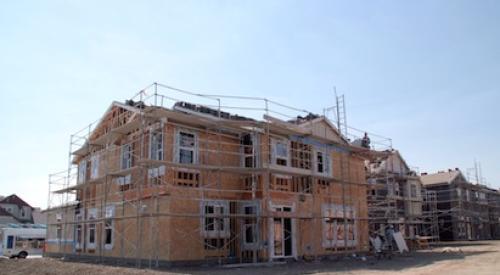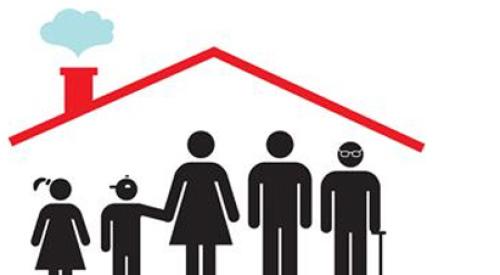"I am not at all surprised," says Dave Hill, chairman and CEO of Kimball Hill Homes in Rolling Meadows, Ill. "You’re either demographically aware as a home builder or you are strongly disadvantaged." The census figures put married couples with children at 23.5% of the population, down from 25.6% 10 years ago, and single mothers at 7.2%, up from 6.6%.
Hill notes, however, and National Association of Home Builders economist Michael Carliner concurs, that the influx of immigrants - especially Hispanics - in the last decade might mean more to home builders than changes in family dynamics do. The 2000 census shows that the Hispanic population in-creased 57.9% in the 1990s. Although some of that can be attributed to changes in the reporting laws, including one that allows respondents to claim multiple races and ethnicities for the first time, the increase is very real.
"Starter homes have done better than the historical birth pattern would suggest," Carliner says. He notes that a drop of more than 3 million in the overall population aged 25-34 - the largest consumers of starter homes - did not disrupt the market because Hispanic buyers helped fill the gaps left by the Generation X age group.
Colony Homes in Atlanta has had trouble breaking into the Hispanic market, says vice president of operations Linda Romano. She says Colony’s low-maintenance, detached home averaging 1,650 square feet and $126,000 is perfectly suited to that segment, but cultural differences remain a barrier. "We’re being told that they do not trust the lending environment - they tend to hold their money in cash."
Still, the company has had great success by focusing most of its efforts on the nontraditional buyer in the Atlanta market. Year-to-date 2001 figures show that Colony’s top three market segments remain singles, married couples without children and married couples with children, but nontraditional buyers have increased during the last five years.
The biggest jump for Colony was in single-parent buyers, who accounted for only 3.3% in 1997 and 7.1% this year. Co-habitant buyers jumped from 2% to 4.2%.
"It used to be anyone not a married couple had trouble buying a home," Carliner says.












